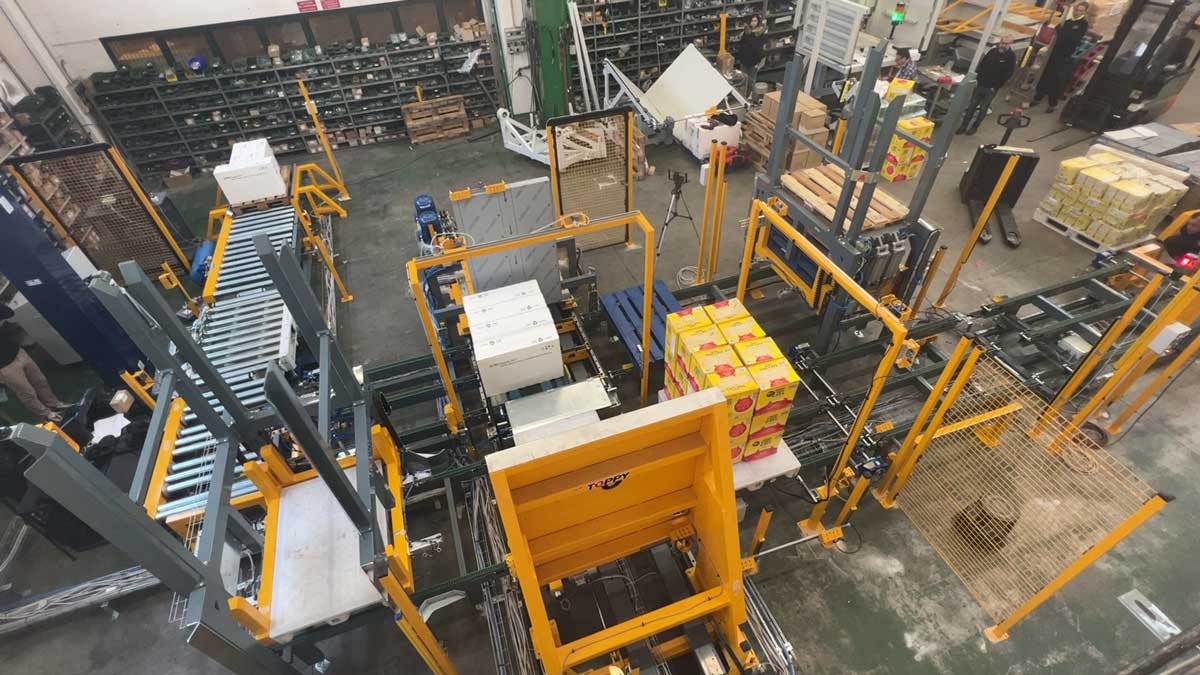Pallet transfer systems (more information about our range) are critical components in modern material handling and logistics operations. They are used to transfer pallets from one point to another within a facility, such as from a conveyor to a sorter, or from one conveyor to another. Proper installation and maintenance of pallet transfer systems are essential to ensure their smooth and efficient operation, reducing downtime and maximizing productivity.
In this article, we will explore best practices and tips for installing and maintaining pallet transfer systems, with a focus on optimizing performance and minimizing disruptions. As a leading manufacturer in the industry, Top Industries Inc. offers innovative pallet transfer systems that are designed for durability and reliability.
Benefits of using a pallet transfer system for material handling
Installation Best Practices
Plan and design:
Before installing a pallet transfer system, careful planning and design are crucial. Consider the layout of the facility, the flow of materials, and the specific requirements of the system. Consult with experts, such as Top Industries Inc., to ensure that the system is tailored to meet the needs of the operation.
Proper foundation and alignment:
The foundation and alignment of the pallet transfer system are critical for its stability and longevity. Ensure that the foundation is level, solid, and capable of supporting the weight of the system. Align the components accurately to avoid misalignment, which can result in uneven pallet flow and increased wear and tear.
Follow manufacturer’s instructions:
Always follow the manufacturer’s instructions for installing the pallet transfer system. Top Industries Inc. provides detailed installation guidelines for their products, including recommended clearances, fastener requirements, and electrical connections. Adhering to these instructions will help ensure that the system is installed correctly and functions optimally.


Maintenance Best Practices
Regular inspections: Regular inspections are essential to identify any potential issues and address them before they become major problems. Inspect the pallet transfer system for signs of wear, misalignment, or damage. Check the belts, rollers, and other components for proper tension, alignment, and lubrication. Schedule routine inspections and maintenance according to the manufacturer’s recommendations.
Cleaning and debris removal: Pallet transfer systems can accumulate dust, dirt, and debris over time, which can affect their performance. Regularly clean the system, including the belts, rollers, and other components. Remove any debris that may have accumulated, as it can cause jams and disruptions in the pallet flow.
Training and operator awareness: Proper training of operators is crucial for the efficient operation and maintenance of pallet transfer systems. Train operators on the correct operation of the system, including how to handle jams, clearances, and other common issues. Foster operator awareness by encouraging them to report any abnormalities or concerns promptly.
Automated pallet transfer systems for manufacturing facilities
